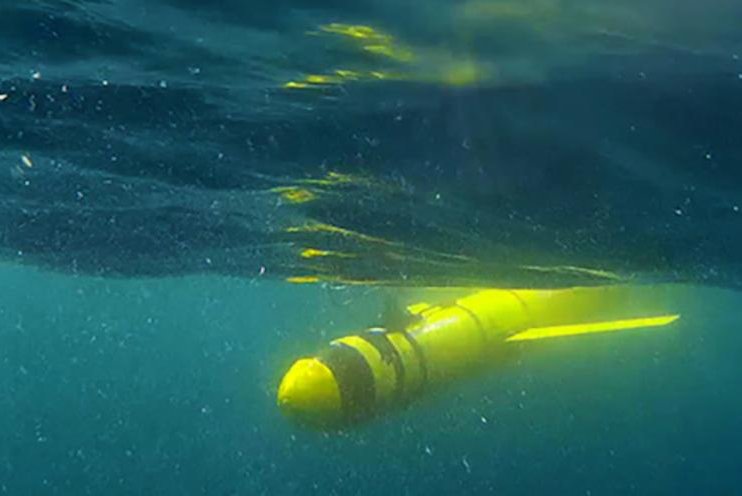Dead zone in the Arabian Sea is getting bigger, underwater robots confirm
"The Arabian Sea is the largest and thickest dead zone in the world," researcher Bastien Queste said. "But until now, no one really knew how bad the situation."
Submersibles surveyed the Arabian Sea's dead zone for two months. Photo by UEA
April 27 (UPI) -- The dead zone in the Gulf of Oman, part of the Arabian Sea, is getting larger and the environmental damages are worse than expected.
Dead zones are large portions of the ocean where little to no oxygen exists, making it impossible for most marine organisms to survive. According to a new survey conducted by a pair of underwater robots, the dead zone in the Gulf of Oman is now larger than Scotland.
"They are a disaster waiting to happen -- made worse by climate change, as warmer waters hold less oxygen, and by fertilizer and sewage running off the land into the seas," Bastien Queste, an environmental scientist at the University of East Anglia in England, said in a news release. "The Arabian Sea is the largest and thickest dead zone in the world. But until now, no one really knew how bad the situation was because piracy and conflicts in the area have made it too dangerous to collect data."
For the last half-century, scientists have collected very little data on the Gulf of Oman dead zone, but submersible technology allowed researchers to study the region without putting themselves in harm's way.
The mini submarines are about the size of a human diver and can spend months underwater. The robots can dive to depths of more than 3,200 feet and cover distances of several thousand miles.
During the latest two-month survey, the submersibles deployed by UEA researchers revealed deteriorating conditions in the Arabian Sea.
"Our research shows that the situation is actually worse than feared -- and that the area of dead zone is vast and growing," Queste said. "The ocean is suffocating."
Depleted oxygen levels alter the cycling of chemicals through the ocean, as well. Low-oxygen conditions promote the production of nitrous oxide, a greenhouse gas 300 times more potent than CO2.
While scientists were alarmed by the survey results, published Friday in the journal Geophysical Research Letters, previous studies suggest dead zones and low-oxygen zones are likely to become larger and more common as the planet continues to warm.
Though some species may benefit from a decrease in oxygen, most will not, and the decline is likely to diminish biodiversity in Earth's oceans. The only solution, scientists say, is to aggressively address climate change and pollution runoff.


No comments:
Post a Comment